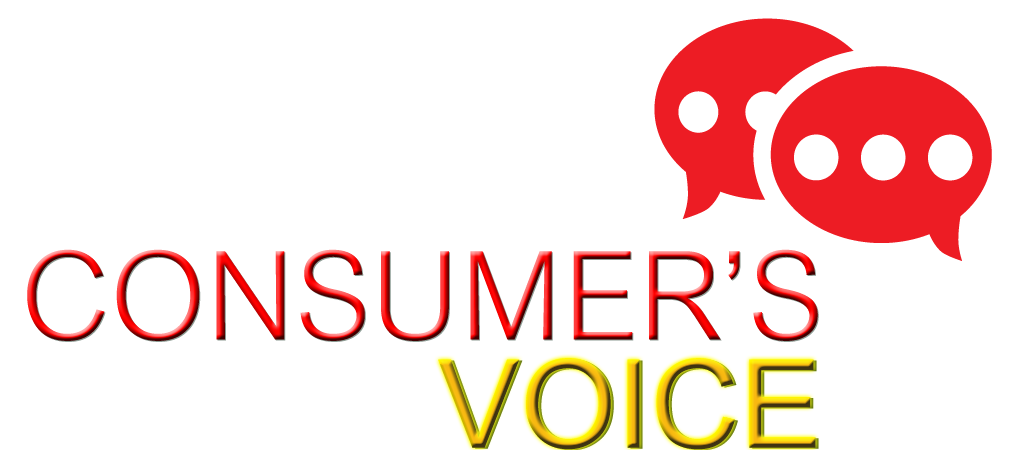 Kitchen remodeling projects come in all sizes, ranging from “simple” countertop replacement to complex projects with structural work, revamped lighting and plumbing, and elaborate cabinetry. With the typical price for a complete remodel between 10 and 20% of a home’s market value, this investment in your home will often carry a significant price tag. Although there are a number of ways to pay for your new kitchen project, each comes with its own unique advantages – and drawbacks.
Kitchen remodeling projects come in all sizes, ranging from “simple” countertop replacement to complex projects with structural work, revamped lighting and plumbing, and elaborate cabinetry. With the typical price for a complete remodel between 10 and 20% of a home’s market value, this investment in your home will often carry a significant price tag. Although there are a number of ways to pay for your new kitchen project, each comes with its own unique advantages – and drawbacks.
Cash
Dave Ramsey will be happy to know that we agree – cash is the best way to pay for your kitchen remodel. Cash payers can often negotiate the best possible purchase price – at least when working with independent dealers. That strategy is usually not as effective with “big-box” retailers. The total cost of the project over time will be significantly less without interest expense. And, you’ll gain full use of the increased equity in your home when the project is complete. Of course, you must have cash available not only for the project, but reserves as well. This can be quite a challenge for the average homeowner.
Mortgage Refinance
Refinancing your existing mortgage can be a very good option, particularly when renovating an older (15-20 year old) home where you have significant equity. In these situations, you stand to recover a sizable portion of the remodeling costs in the increased market value of your home. These loans typically carry some of the lowest interest rates available and offer significant tax savings which greatly lower the effective interest rate. But be sure to factor in closing costs when considering this route. Even “low cost” and “no cost” programs have closing costs – they just bury them in the fine print and you pay them over time. Also, keep in mind that you will be paying for your new dream kitchen for 30 years. That’s probably a lot longer than you will actually use it.
Home Equity Loans and Lines of Credit
Home equity programs operate very much like the traditional mortgage refinance option. The interest paid on these loans is generally tax deductible, and the money is spent directly on the security interest – your home. Home equity loans and lines of credit will usually have interest rates that are 3 to 4% higher than first mortgages and usually feature shorter terms – 15 years is common. These combined factors will produce monthly payments that are higher than a conventional refinance but at a term that more closely matches the “life span” of your new kitchen. In many cases, these programs offer variable interest rates which can initially help lower your monthly payments but which can also provide unexpected surprises when rates rise.
Credit Cards
The availability of credit at national building superstores, and many progressive independent dealers, makes this an attractive option for some consumers. It is often possible to get special terms, like zero interest for a year and other incentive offers. But credit cards are generally the worst option for homeowners thinking about a remodel because you will almost always pay more interest with this type of financing and the interest is not tax deductible. This revolving credit can also negatively impact your credit score, making it harder to get other financing when you need it. This option makes the most sense when you have the cash, but simply want to take advantage of a special program. For example, even though you have the money in the bank for your remodel, you might charge your remodeling project with one-year interest-free financing and then pay off the balance in 10 months.
When you begin thinking about your kitchen remodel, be sure to spend time considering all of your financial options. Although cash is often the best choice, keep in mind that projects can go over budget and it is critical that you have adequate reserves. And if you are considering financing, be sure to look at using the equity in your home to take advantage of tax savings, lower interest costs in the long run, and lower monthly payments.

Recent Comments